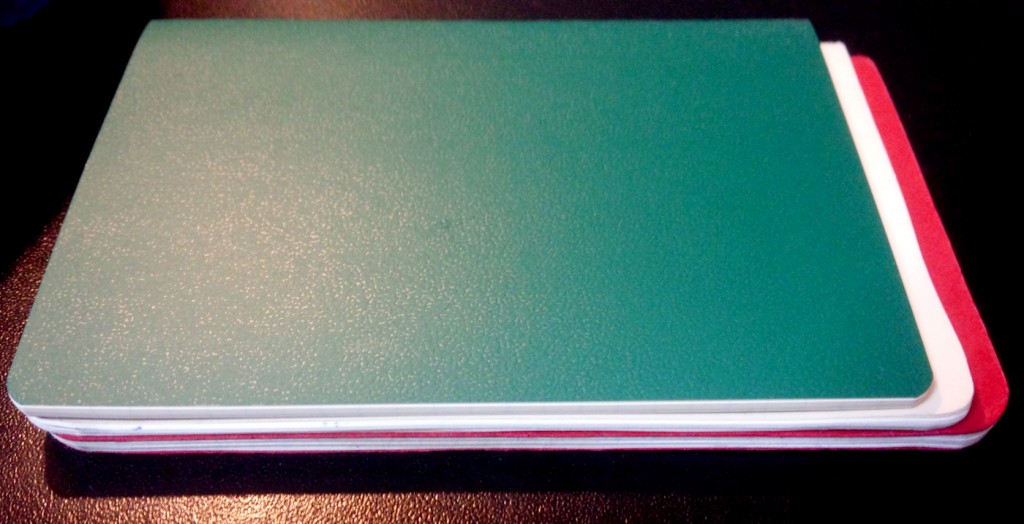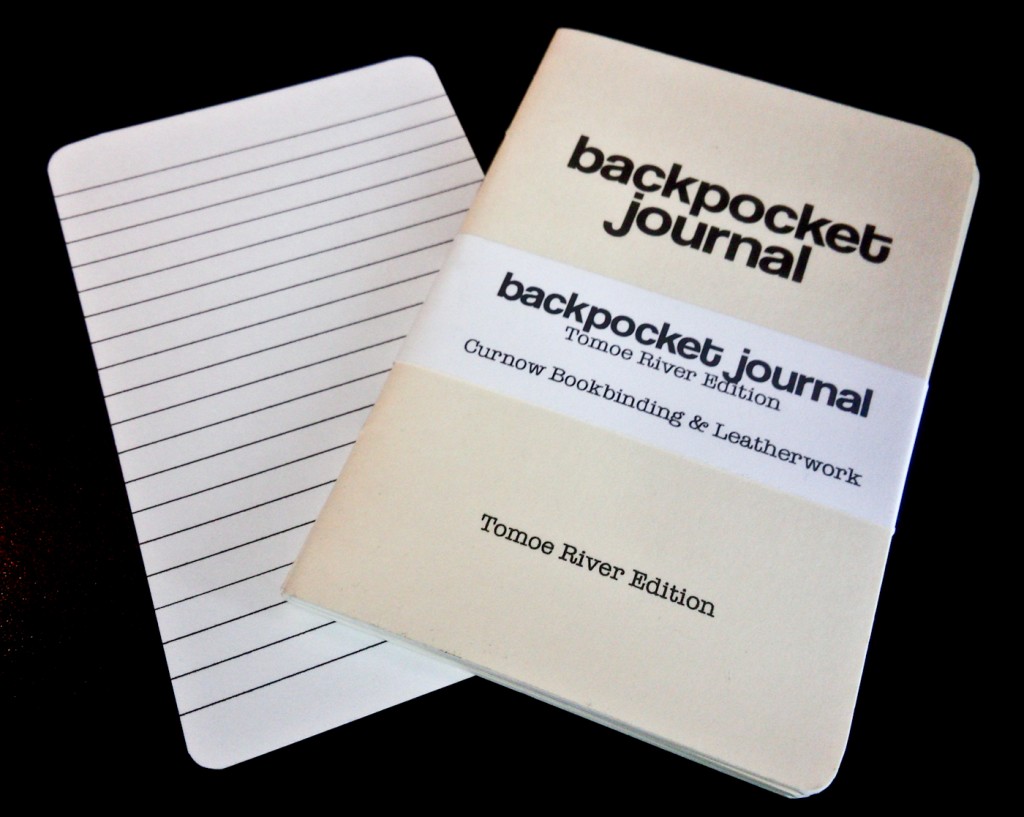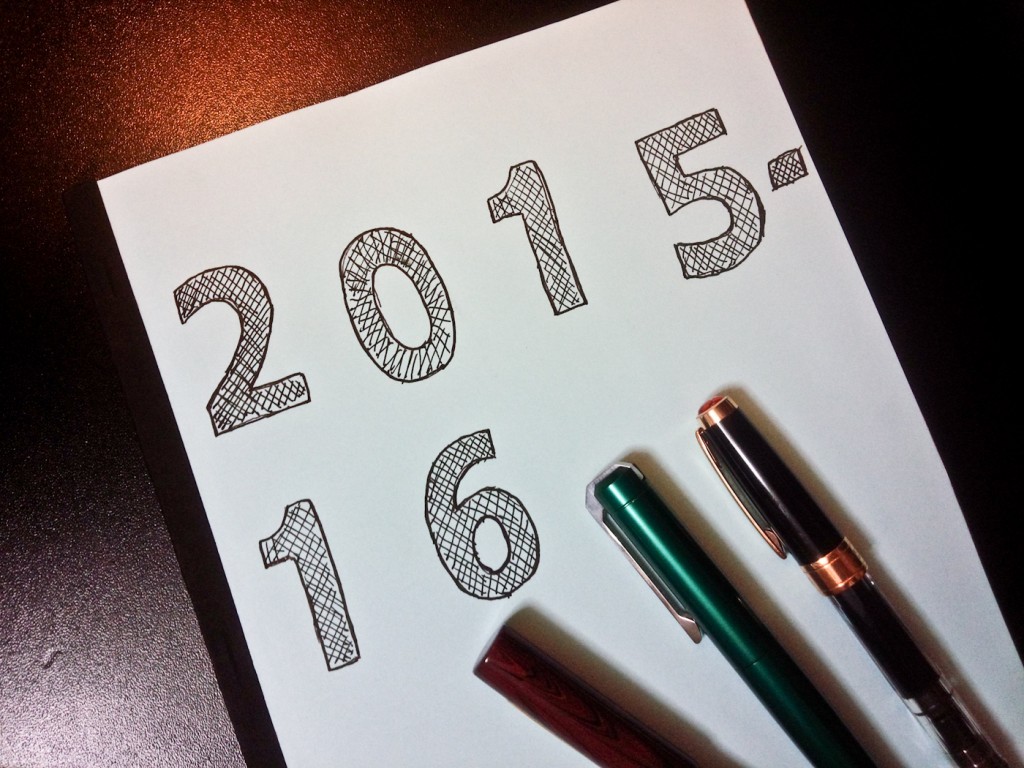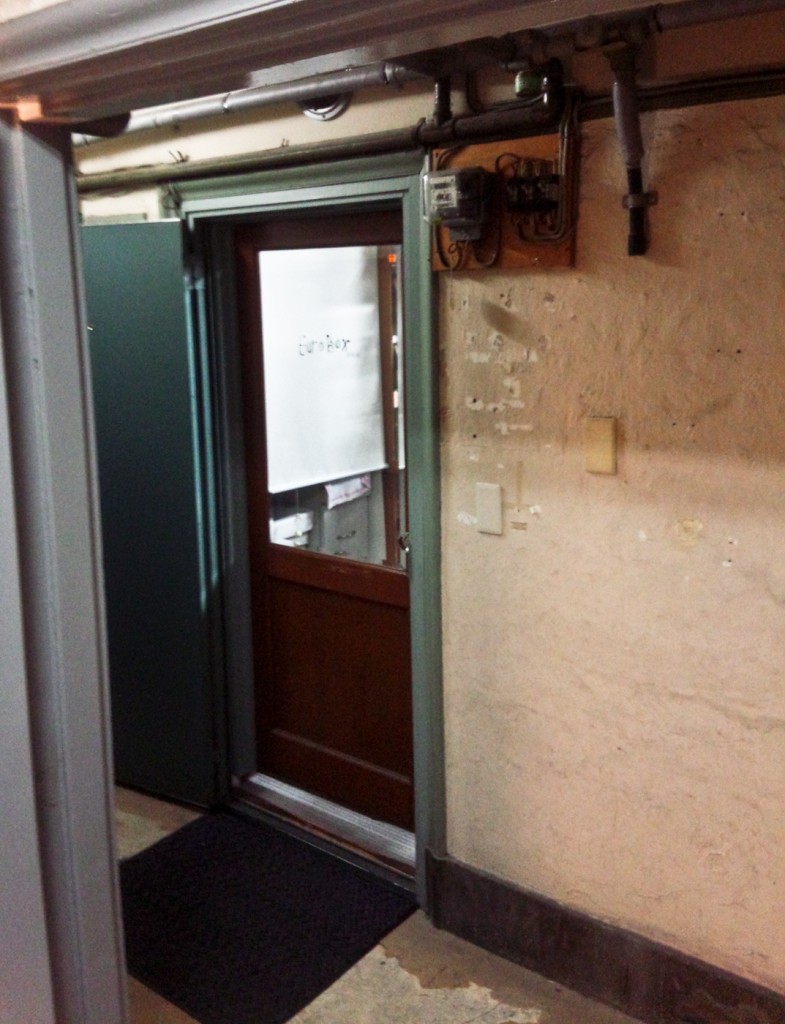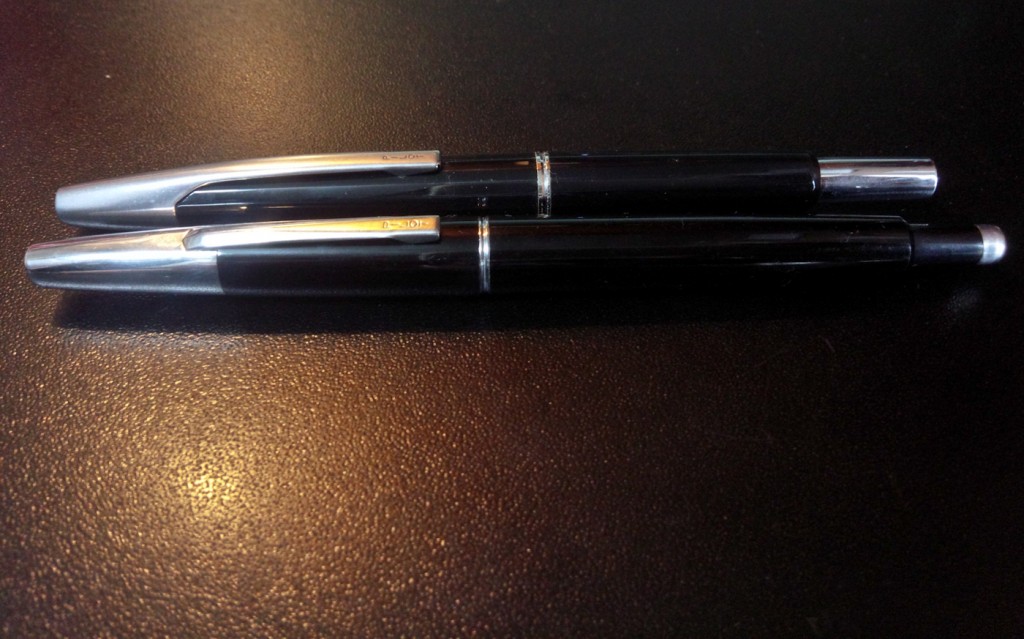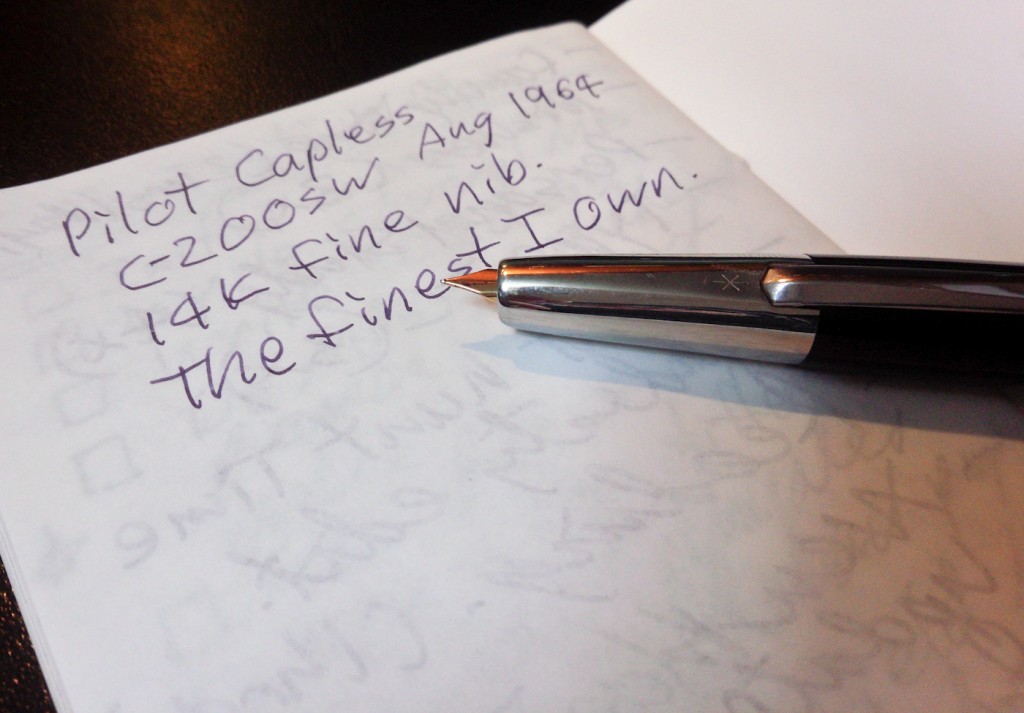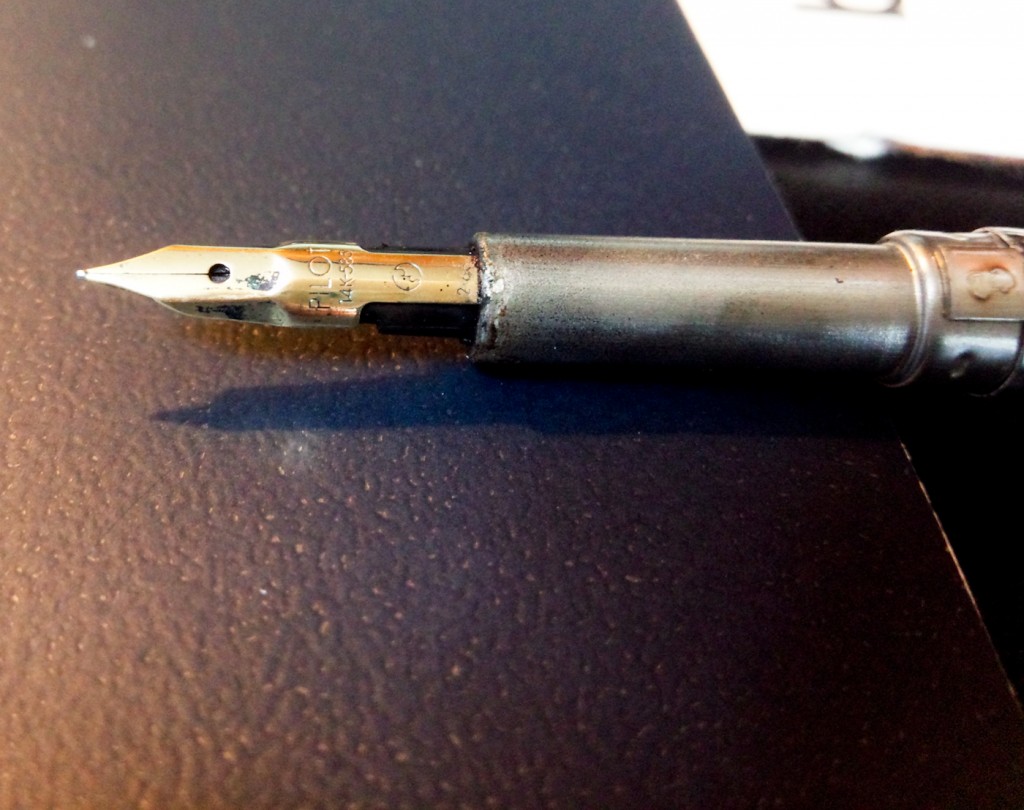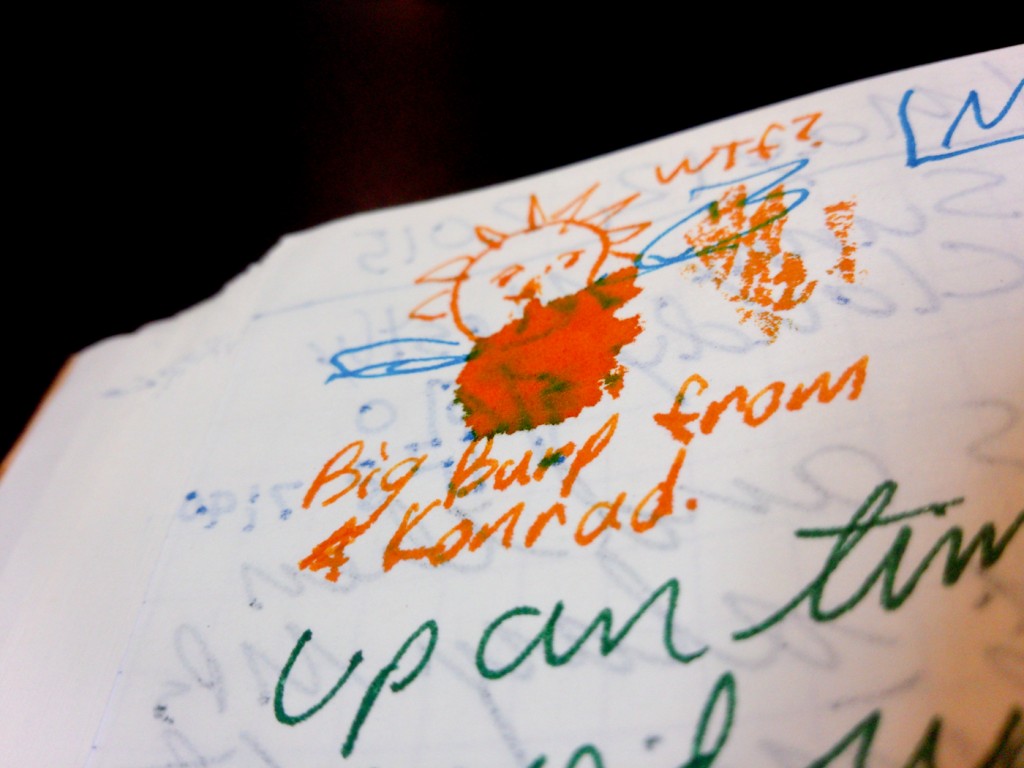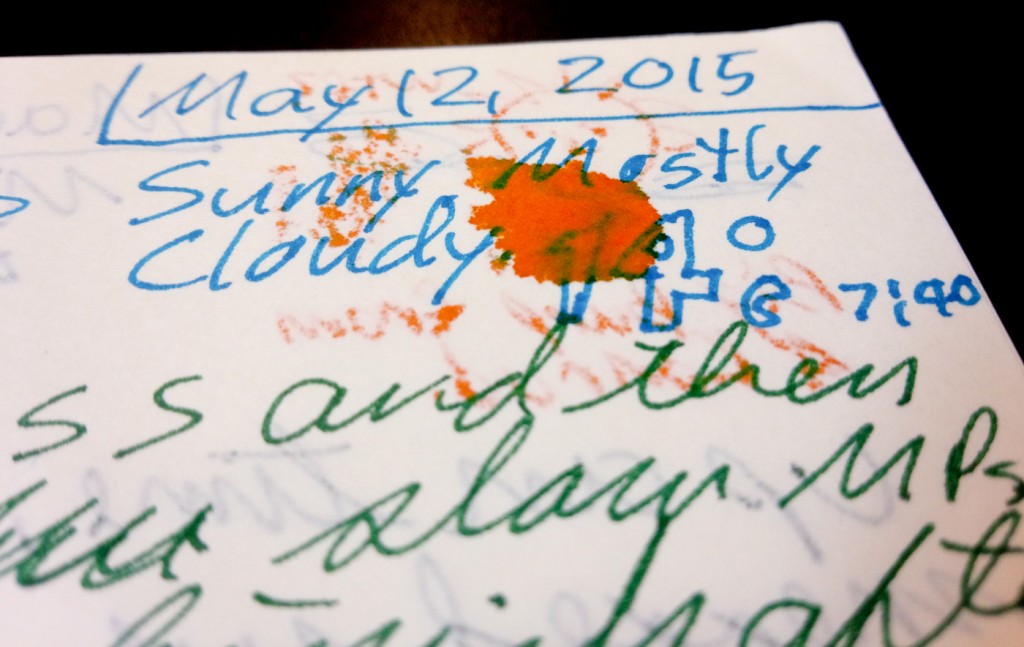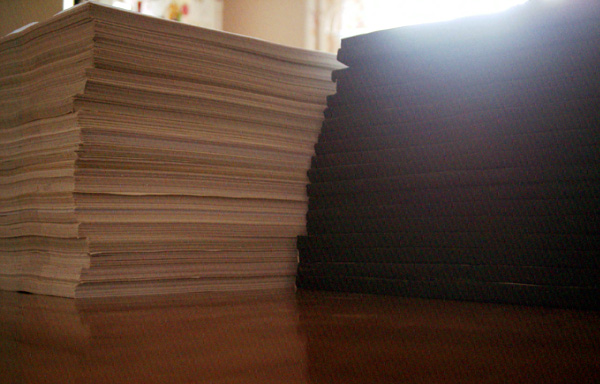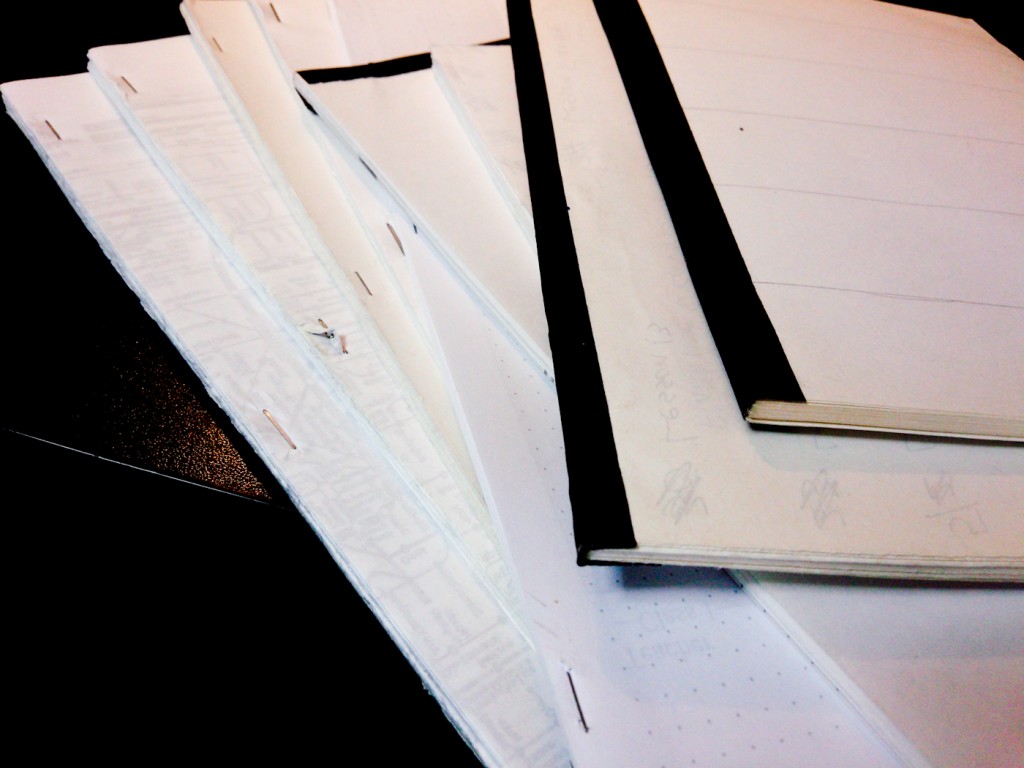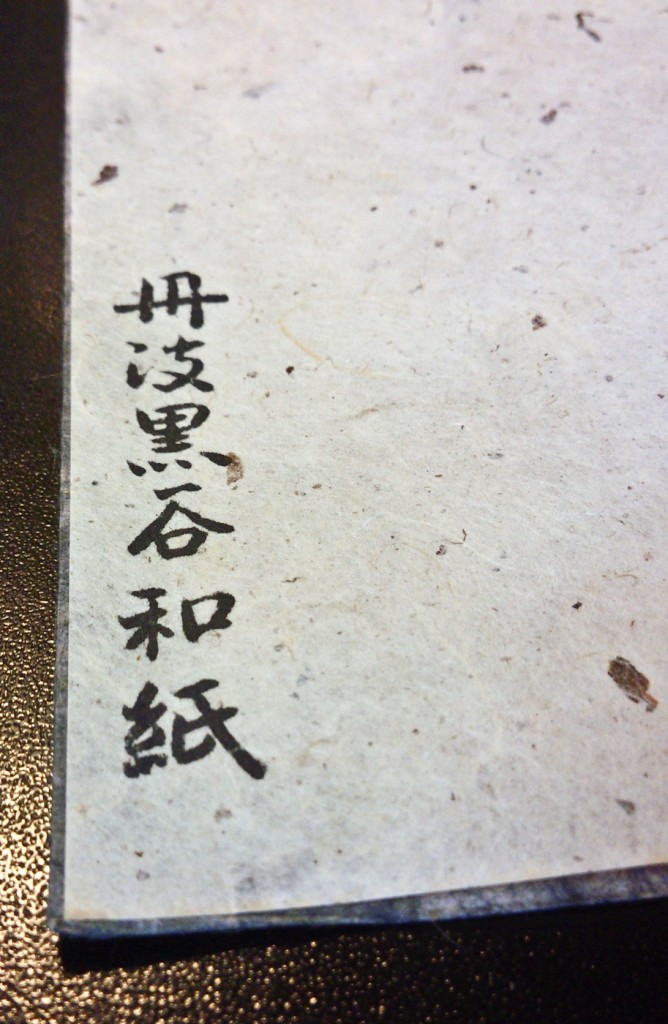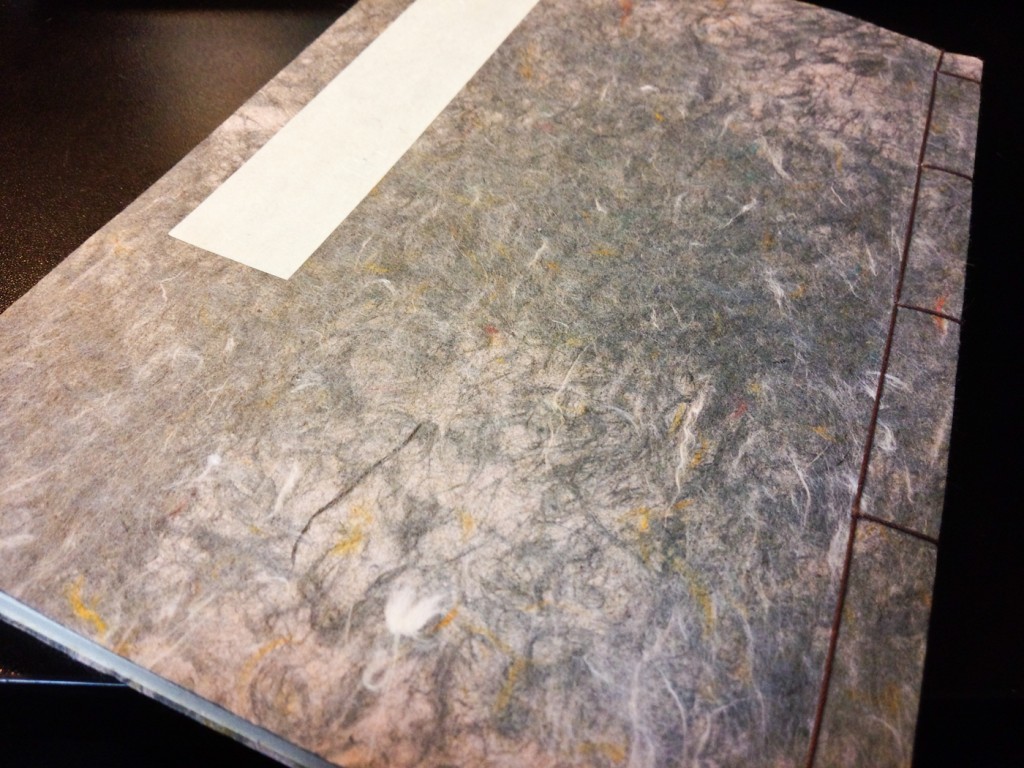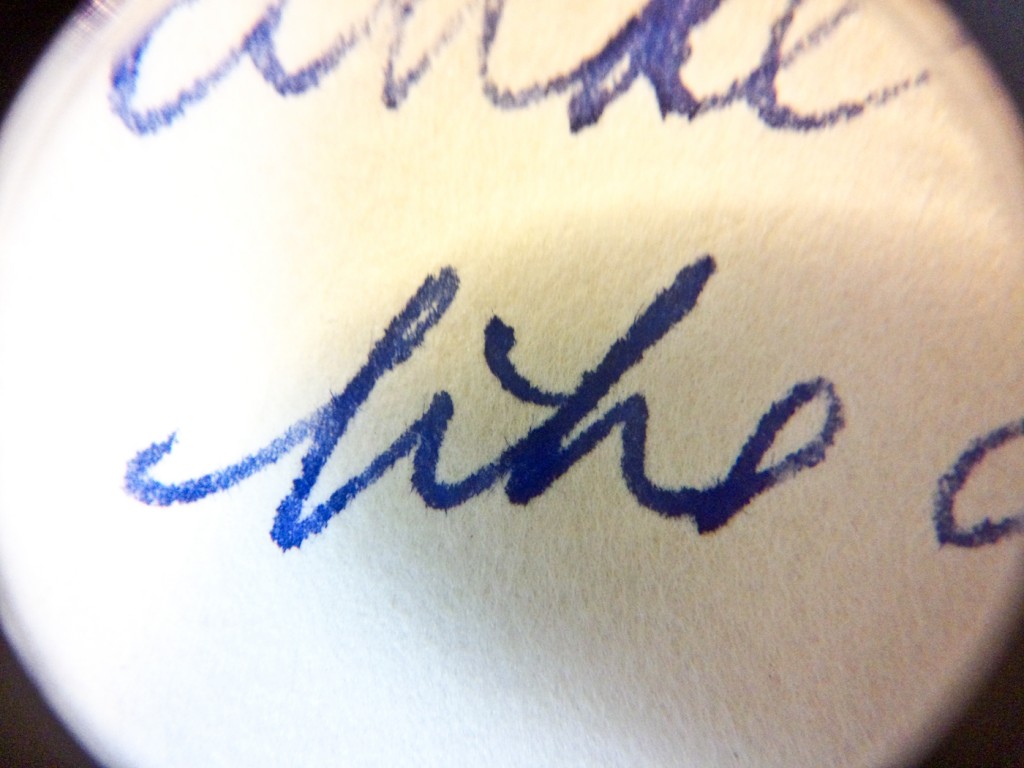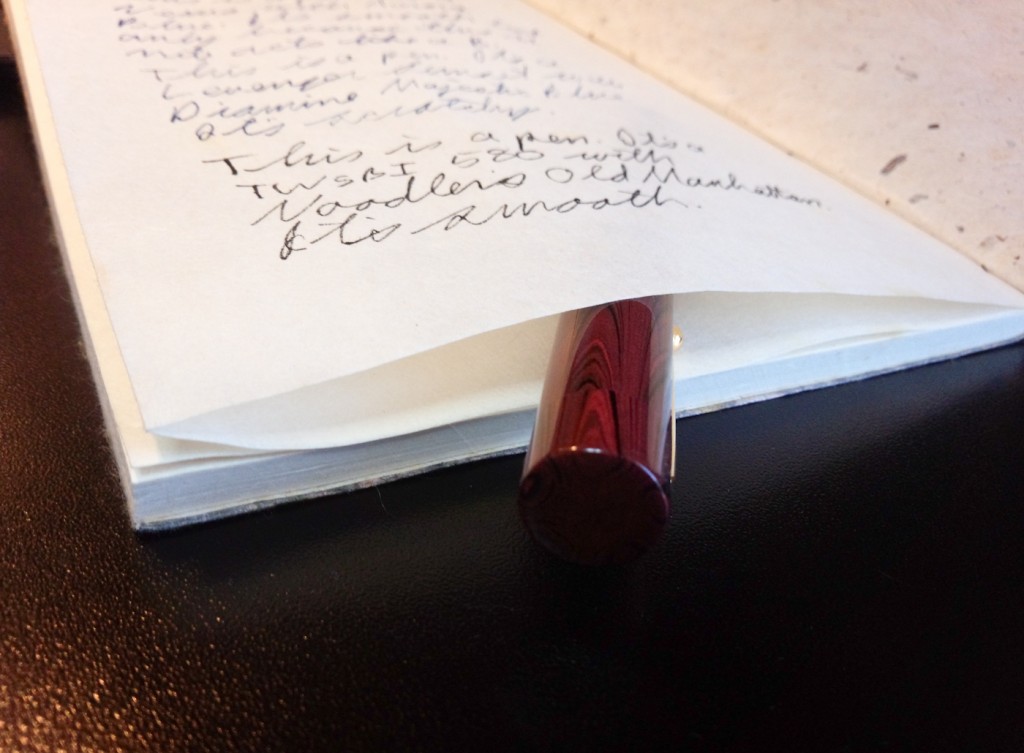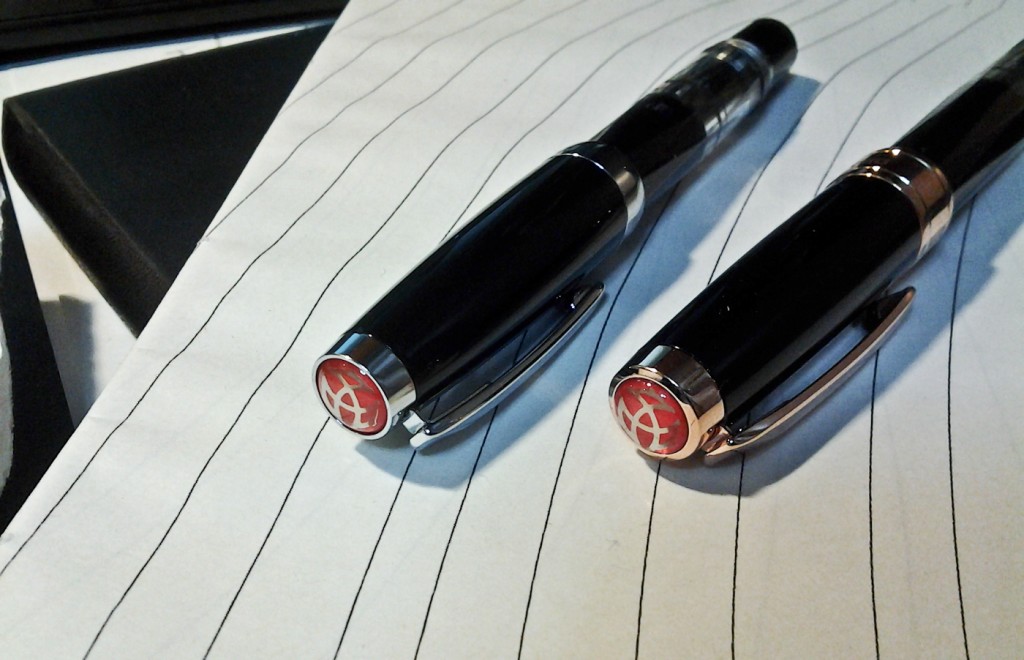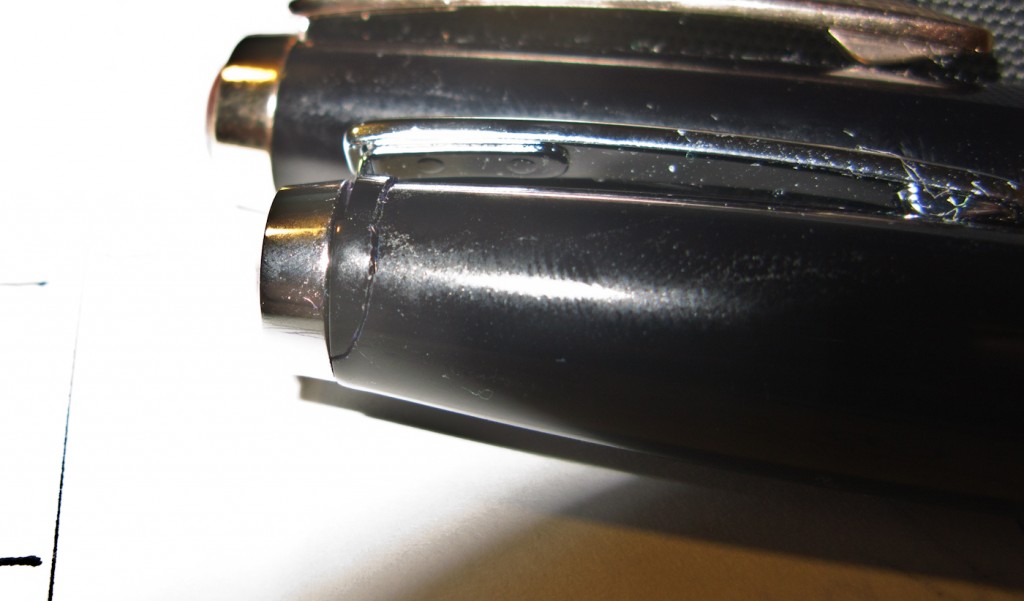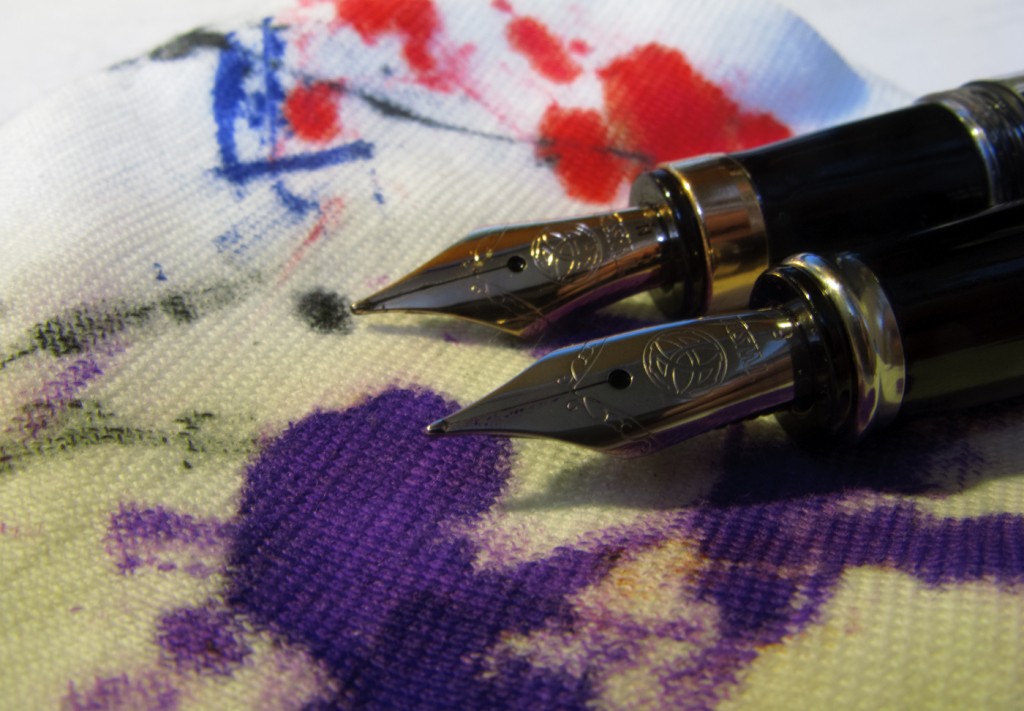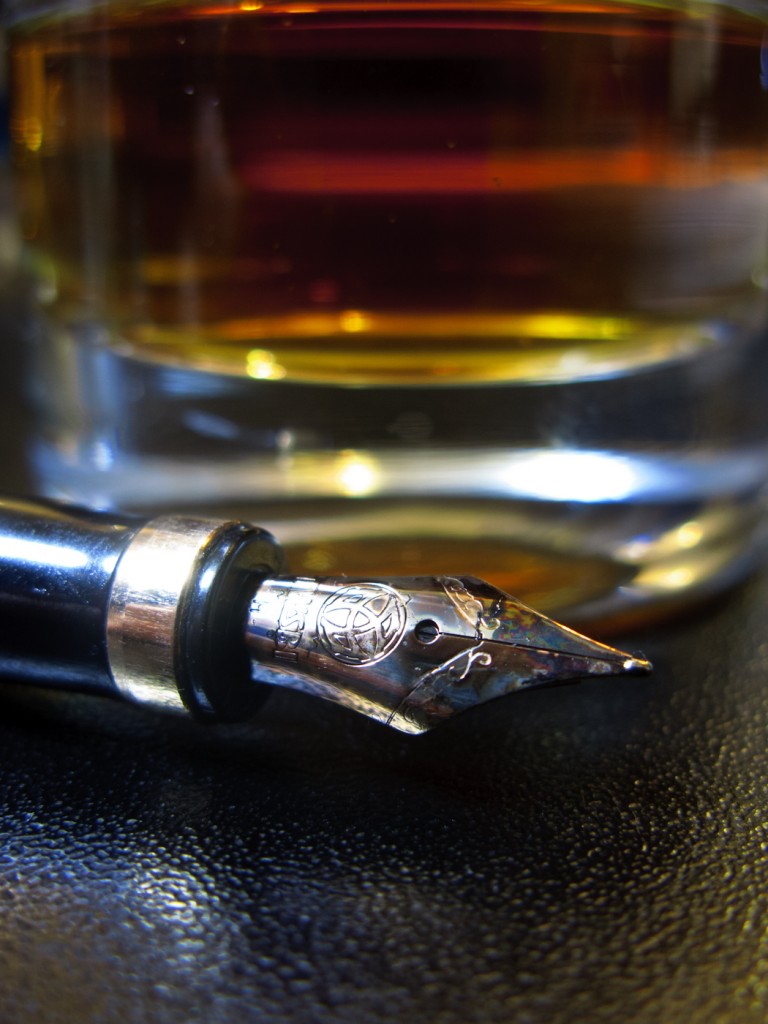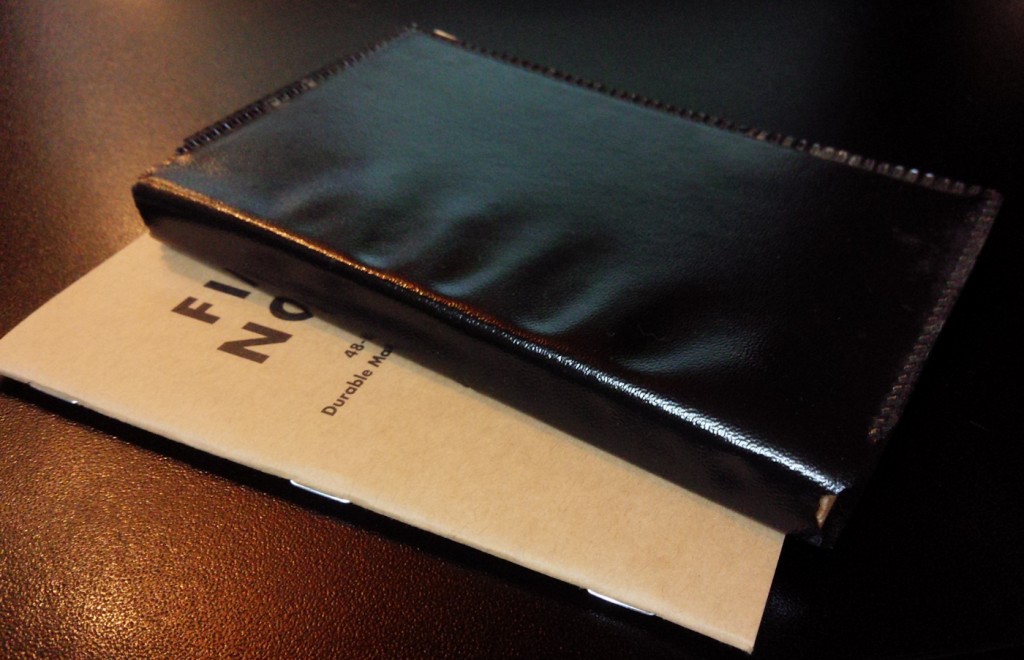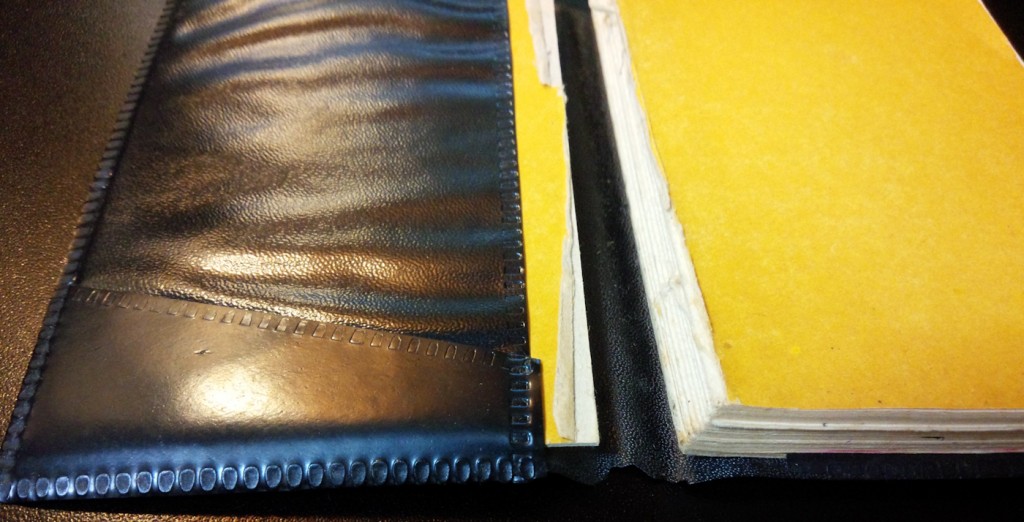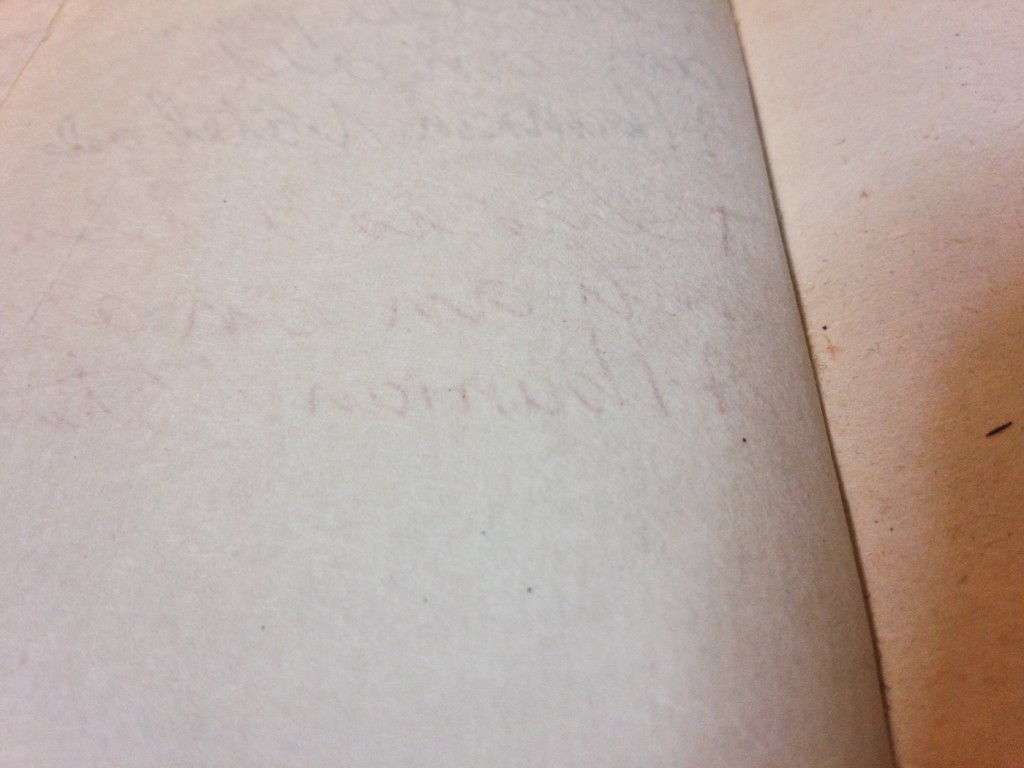If you ever want to verify that you need to shake things up in your life, keep a diary. If you want to make the sameness even more horrifying, try keeping a log in different colored inks.
I’ve mentioned before how I’m not a big fan of keeping a diary (with apologies to all my history professors who consider such items to be an important part of history which is why I hope historians will some day find my diary and wonder if I could actually fly) but have decided to experiment with keeping a daily log, where I record events and my thoughts on them soon after they happen. To do so, I use different colored inks for different events. Weather is usually done in Noodler’s Midway Blue and Apache Sunset and my morning routing and morning pages are done in either purple or green.
This not only gives the log some visual flair but also lets me test different inks and pens on the Muji paper.
Now, at four months of making regular entries, I’ve begun to notice flaws in the plan.
Part of the trouble is I only have a few inks. After several days, each page looks similar to the ones before and after and I even seem to dedicate the same amount of space to the same events, including meals and complaining about work. This means despite my efforts to make it interesting have instead made it kind of boring.
Also, because my work days don’t change much from week to week, it’s easy to fall into a foolish consistency in the way I describe them and complain about them. Classes are either crappy, ordinary bad, decent or better than normal. I’m wasting time, fretting over wasting time, writing about wasting time or, on occasion, actually doing something. It’s the same “Okay day” metronome click click click that made me stop keeping diaries in the first place.
Now, there are a few solutions to this:
A–Buy more ink.
B–Try different ways of keeping a log.
C–Both A and B.
D–A and B plus buy a new pen.
E–Abandon this and keep a calendar like a normal person.
As much as I should probably choose E and would like an excuse to choose D, I’m leaning toward C. I do like having a personal history on hand to occasionally peruse, but since the log is supposed to be an experiment, I’m feeling the need to shake it up a bit. No more descriptions of food, I’d rather draw what I ate. No more sloppy sketches of the weather, I’d rather make the sun into a character with regular expressions and a consistent look.
Hopefully, in four months, I won’t have chosen E, but there are days.


